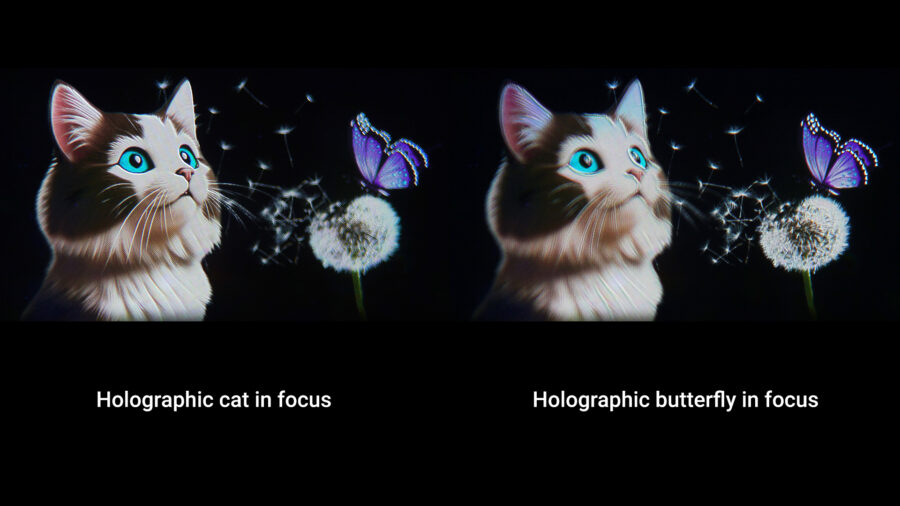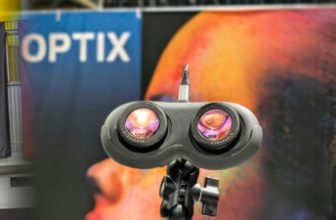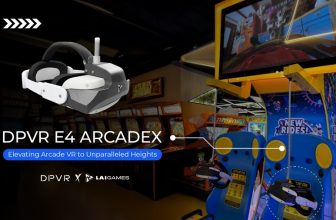
January 17, 2024 – VividQA 3D technology start-up, has recently revealed two new business advancements. These developments are a direct outcome of the company’s latest technological breakthrough, which allows them to create computer-generated holograms with extremely high resolution, comparable to the clarity of the human retina.
VividQ shared images of real holograms projected through high-performance 4K display hardware. According to the company, the ability to deliver these retina-resolution computer-generated holograms means that next-generation virtual reality (VR) headsets will be able to offer unparalleled levels of immersion and realism to users.
To highlight just how close this technology is to market, VividQ has announced that these retina-resolution holograms are displayed using a high-performance LCoS (liquid crystal on silicon) display from JVCKENWOOD (JKC). VividQ stated that its commercial partnership with JKC will see the two companies work closely to target a wide range of AR and VR applications.
VividQ observed that its 4K images demonstrate the ability to create holograms with realistic resolution and vibrant color. This advancement in image quality is significant for various virtual, augmented, and mixed reality applications, particularly gaming, where holography will have a significant impact. According to VividQ, holography is no longer a distant technology but a crucial element for the success of future XR experiences.
Yoshio Sonoda, CTO at JKC commented: “Holography will deliver a paradigm shift in consumer experiences, especially in a market like VR, where limitations in current technology are holding it back from delivering the kind of jaw-dropping experience that consumers want. We are really pleased to be partnering with VividQ and seeing our cutting edge LCoS displays be used to push the boundaries of VR and AR.”

It is not only possible but certain that holographic display will become a reality.
In addition to the JKC partnership, VividQ also announced that it is commercially engaged with a “world-leading consumer electronics company” to introduce holographic display technology into its future product roadmap. The company noted that this commercial relationship represents a significant step in bringing holography to consumers.
VividQ’s CEO, Darran Milne, expressed his thoughts on the two recent business collaborations, emphasizing that not too long ago, the idea of showcasing dynamic and interactive content through holography was considered purely fictional. However, in more recent times, it became a possibility, albeit with subpar image quality. VividQ has consistently shattered the obstacles that stood between this groundbreaking display technology and its practical application in everyday life.
“Through the demonstration of retina resolution holograms using easily accessible components from JKC, and affirming the current commercial availability of our technology, we are demonstrating to the market that holographic display is not only possible but also bound to happen.”
VividQ states that computer-generated holography enhances the user experience of VR and MR in three main ways: Firstly, holograms can be adjusted to compensate for a user’s eyesight, allowing for prescription correction without the need for glasses. This reduces the size and weight of a head worn device. Secondly, consumers can dynamically shift their focus between digital objects at different distances, reducing eye fatigue and enabling longer gaming sessions. Thirdly, consumers can bring objects close to them and focus on them without experiencing vergence accommodation conflict (VAC), which can cause negative side effects like headaches, eye strain, or nausea.
Alfred Newman, VividQ’s Head of Research said: “Using the 4K LCoS from JKC we are now able to achieve acuity-limited retinal resolution holograms with full 3D focus and a large field of view. This enables a unique display which for the first time is capable of matching both the resolution and real-life focus cues expected by the eye, resulting in a more natural viewing experience than ever before.”
For more information on VividQ and to learn more about its retina-resolution computer-generated holograms, please visit the company’s website.







